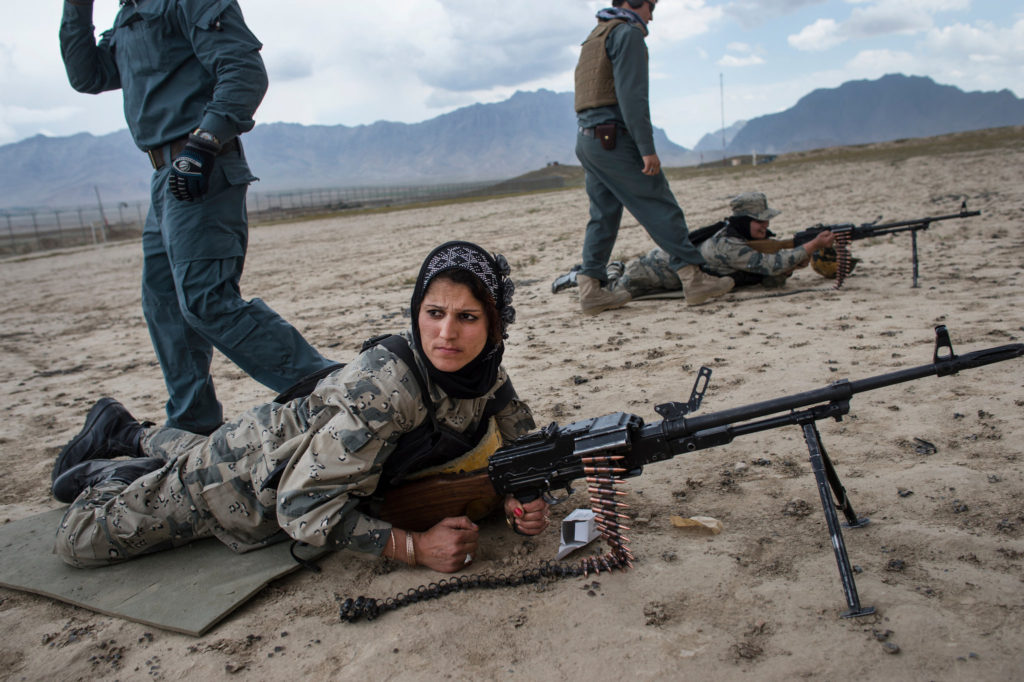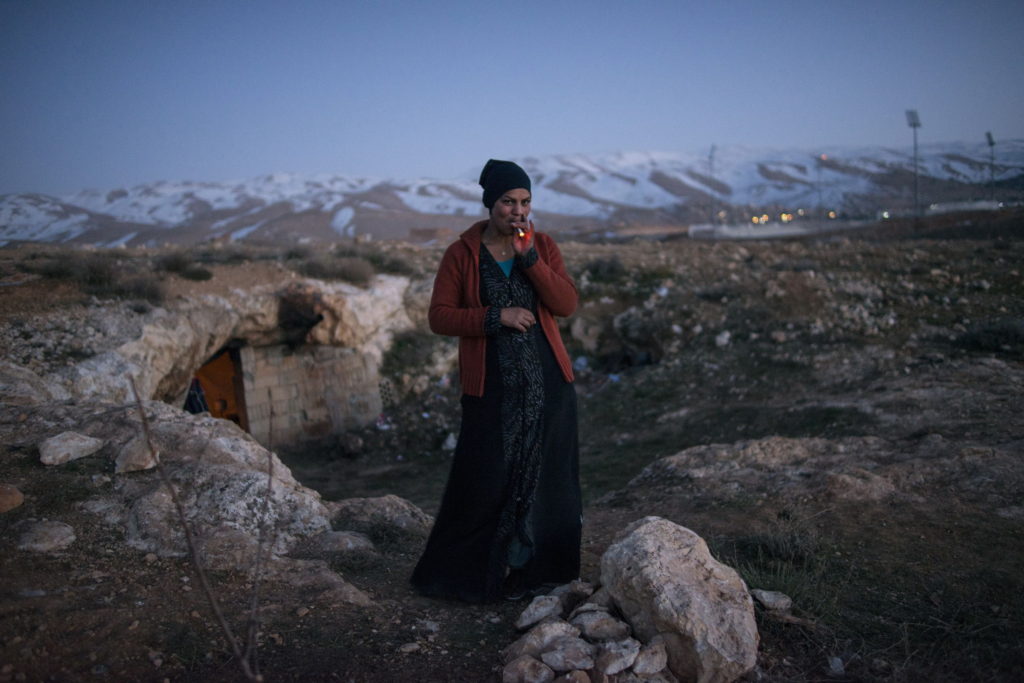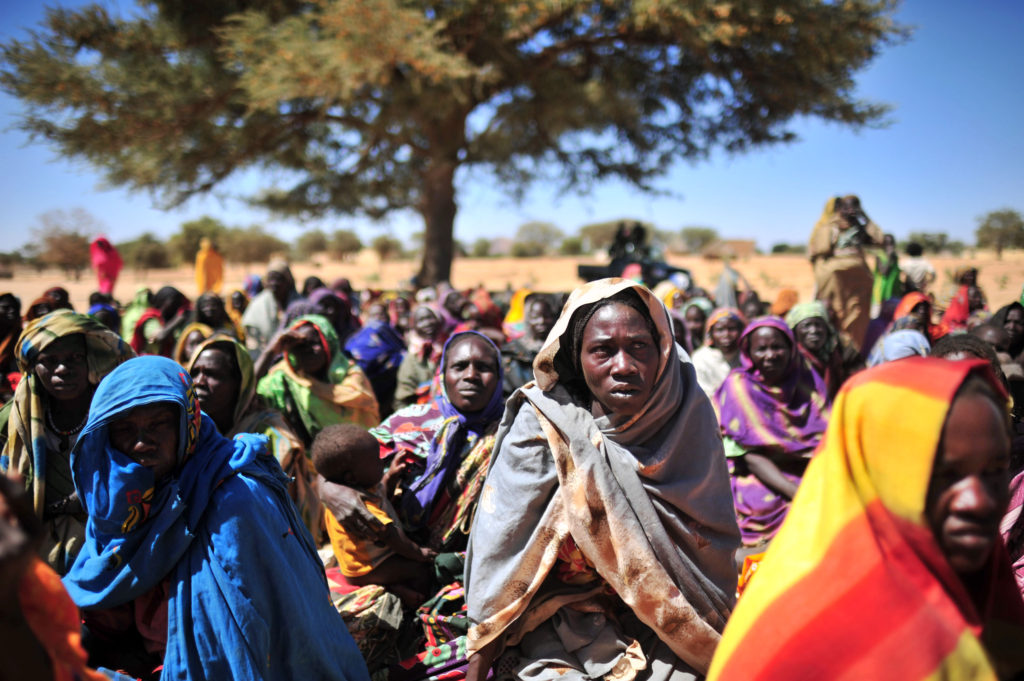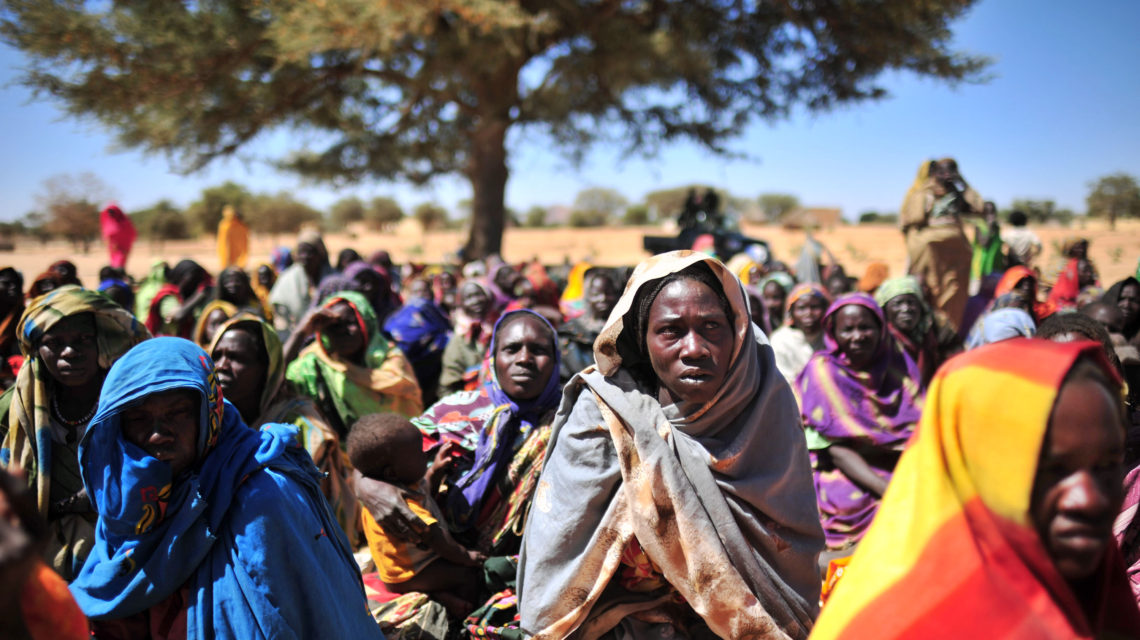Lynsey Addario – Women in Photography Spotlight January 30, 2015
March is National Women’s History Month. Our blog will be honoring women in photography this month to celebrate women’s contributions to the photography world. Today’s feature is on Lynsey Addario.
Lynsey Addario: The Female Perspective in Combat Photojournalism
Lynsey Addario is in an American photographer known for capturing images of social and political conflicts all over the world. Her career in photojournalism has made her a first-hand witness to cultures under regime, areas in chaos after natural disasters, and the tragic consequences of war and violence. She is a MacArthur Fellow and Pulitzer Prize winner for International Reporting, and her images have been published in The New York Times, Time, Newsweek, and National Geographic.

No stranger to the front lines, Addario has been a combat photographer in Taliban-controlled Afghanistan, Iraq, and throughout Africa, including Darfur. In 2011, She was one of four New York Times journalists taken captive in Libya, where she was held for almost a week by the Libyan army.

Dalal, 21, a Syrian refugee from the Damascus suburbs stands in front of the cave she and her family have been staying in since crossing into Lebanon roughly a week prior, in Baalbak, Lebanon, January 22, 2013. Lebanon has been refusing to set up typical tent camps for refugees in the manner Turkey and Jordan have done, and so refugees are forced to live underneath commercial buildings, in makeshift tents, and with families around the country. The United Nations estimates that the number of Syrian refugees currently in countries bordering Syria has risen to 600,000, and there registered number of refugees in Lebanon, alone, is roughly 200,000. (Credit: Lynsey Addario, for The New York Times)
Once freed, some Americans expressed outrage that the New York Times would send a female photojournalist to a war zone. Addario’s response detailed the importance of the female perspective in such situations, especially since female photographers have a different level of access to female subjects in many situations, such as in cultures with gender segregation. Says Addario: “People think photography is about photographing. To me, it’s about relationships. And it’s about doing your homework and making people comfortable enough to open their lives to you.”

Dalal, 21, a Syrian refugee from the Damascus suburbs stands in front of the cave she and her family have been staying in since crossing into Lebanon roughly a week prior, in Baalbak, Lebanon, January 22, 2013. Lebanon has been refusing to set up typical tent camps for refugees in the manner Turkey and Jordan have done, and so refugees are forced to live underneath commercial buildings, in makeshift tents, and with families around the country. The United Nations estimates that the number of Syrian refugees currently in countries bordering Syria has risen to 600,000, and there registered number of refugees in Lebanon, alone, is roughly 200,000. (Credit: Lynsey Addario, for The New York Times)
Check out her work at: http://www.lynseyaddario.com




